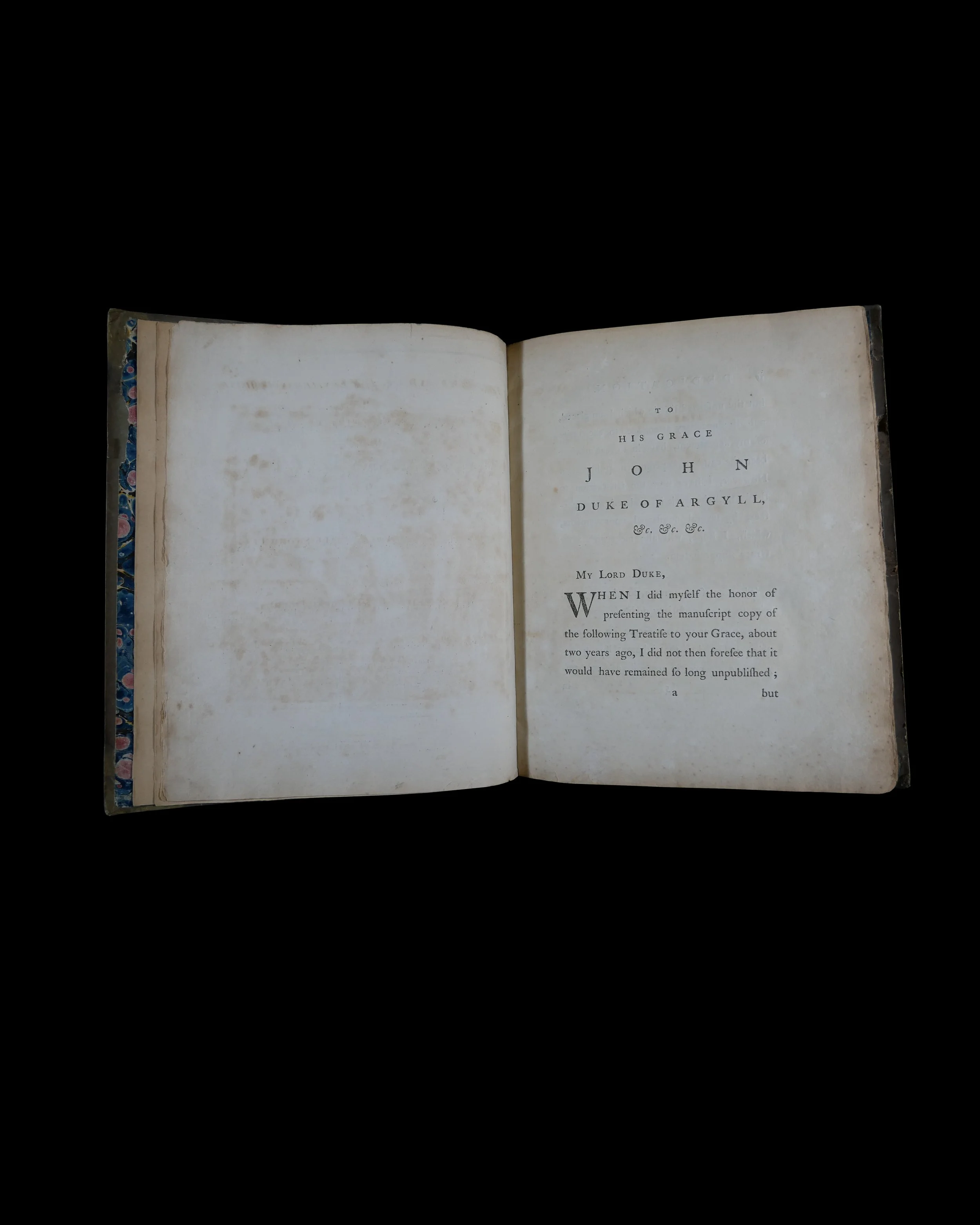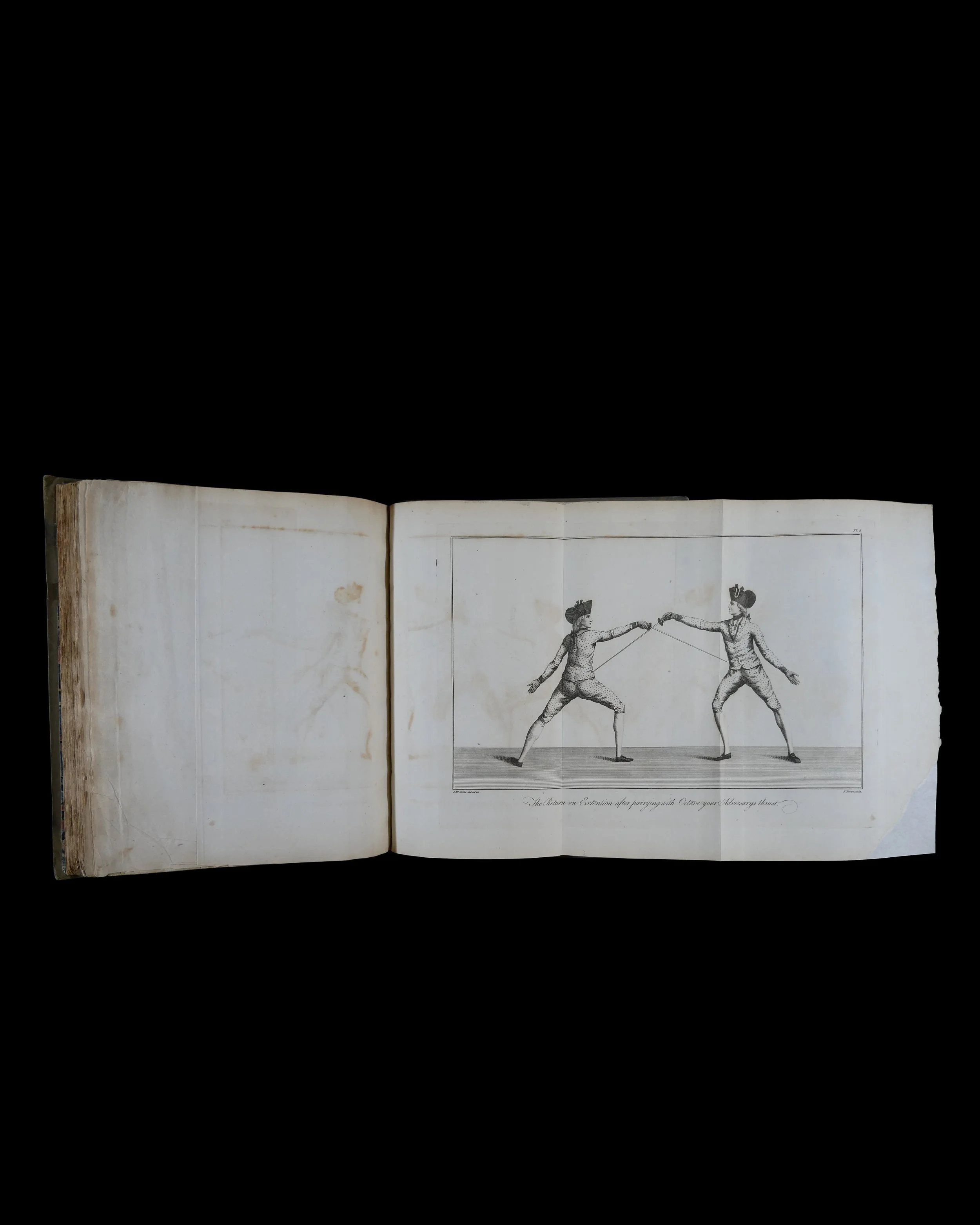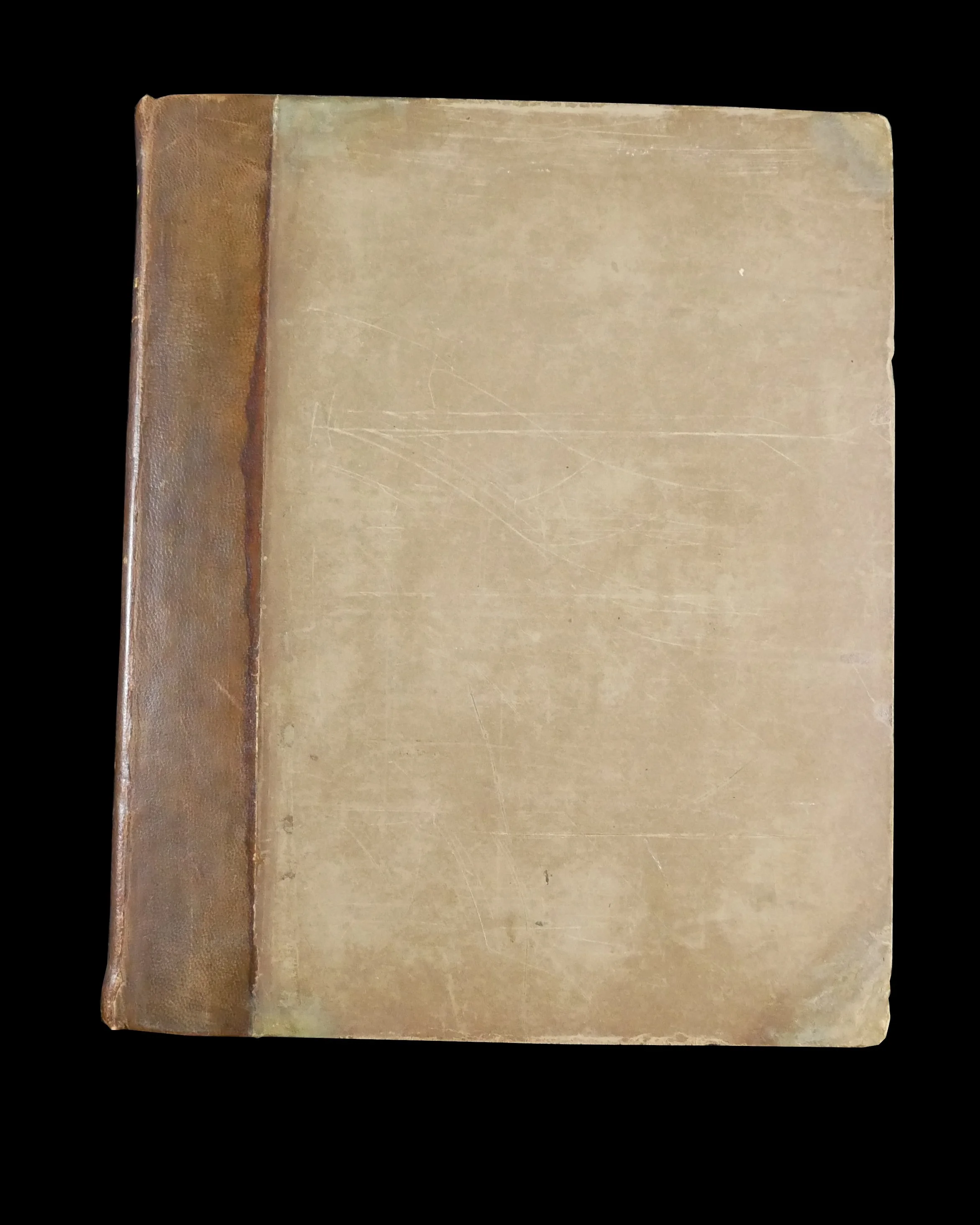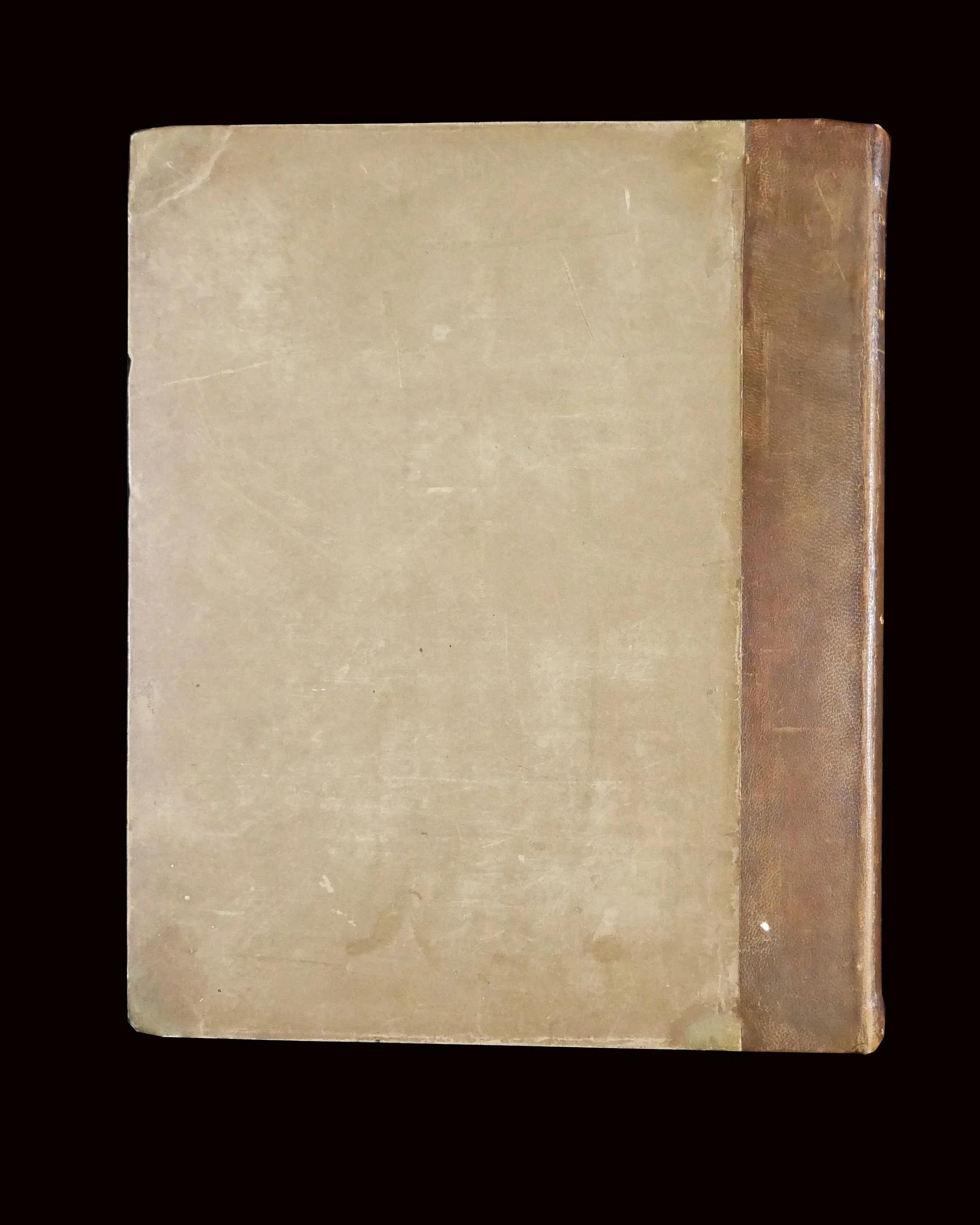McArthur - The Army and Navy Gentleman's Companion
Originally published in 1780 as "The Army and Navy Gentleman's Companion or A New and Complete Treatise on the Theory and Practice of Fencing", John MacArthur's work is one of the earliest English language works on Fencing meant to be as an instructive medium for fencing students. Separated into 3 sections, it provides a detailed outlook and lessons
John McArthur (1755-1840) entered the navy in 1778 and enjoyed a long and distinguished career, rising to become secretary to Viscount Hood and purser of the flagship Victory. He offered this treatise on fencing as all others that he had perused "have been published by Professors, or Teachers of that art, and are incomprehensible to young learners; owing to the intricate manner they have made choice of, in describing the different movements, parades, and thrusts, which should be rendered as simple and easy as the nature of the Art would admit".
The Army and Navy Gentleman's Companion; New Edition Revised, engraved allegorical frontispiece, title-page and 19 engraved plates (16 folding, some light off-setting) Quarto, quarter calf, with engraved frontis and 19 plates, J. Murray, London, 1784. The pages are untrimmed with some bleed through from the engravings
Originally published in 1780 as "The Army and Navy Gentleman's Companion or A New and Complete Treatise on the Theory and Practice of Fencing", John MacArthur's work is one of the earliest English language works on Fencing meant to be as an instructive medium for fencing students. Separated into 3 sections, it provides a detailed outlook and lessons
John McArthur (1755-1840) entered the navy in 1778 and enjoyed a long and distinguished career, rising to become secretary to Viscount Hood and purser of the flagship Victory. He offered this treatise on fencing as all others that he had perused "have been published by Professors, or Teachers of that art, and are incomprehensible to young learners; owing to the intricate manner they have made choice of, in describing the different movements, parades, and thrusts, which should be rendered as simple and easy as the nature of the Art would admit".
The Army and Navy Gentleman's Companion; New Edition Revised, engraved allegorical frontispiece, title-page and 19 engraved plates (16 folding, some light off-setting) Quarto, quarter calf, with engraved frontis and 19 plates, J. Murray, London, 1784. The pages are untrimmed with some bleed through from the engravings
Originally published in 1780 as "The Army and Navy Gentleman's Companion or A New and Complete Treatise on the Theory and Practice of Fencing", John MacArthur's work is one of the earliest English language works on Fencing meant to be as an instructive medium for fencing students. Separated into 3 sections, it provides a detailed outlook and lessons
John McArthur (1755-1840) entered the navy in 1778 and enjoyed a long and distinguished career, rising to become secretary to Viscount Hood and purser of the flagship Victory. He offered this treatise on fencing as all others that he had perused "have been published by Professors, or Teachers of that art, and are incomprehensible to young learners; owing to the intricate manner they have made choice of, in describing the different movements, parades, and thrusts, which should be rendered as simple and easy as the nature of the Art would admit".
The Army and Navy Gentleman's Companion; New Edition Revised, engraved allegorical frontispiece, title-page and 19 engraved plates (16 folding, some light off-setting) Quarto, quarter calf, with engraved frontis and 19 plates, J. Murray, London, 1784. The pages are untrimmed with some bleed through from the engravings









